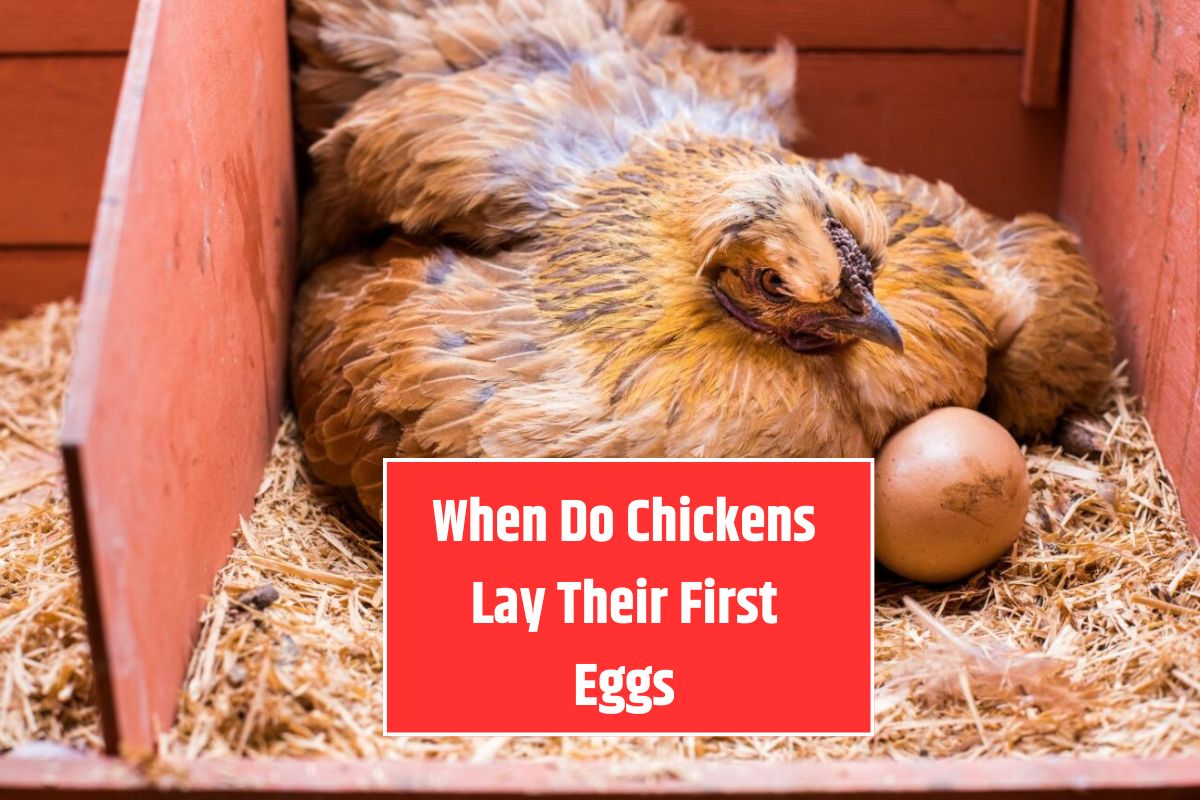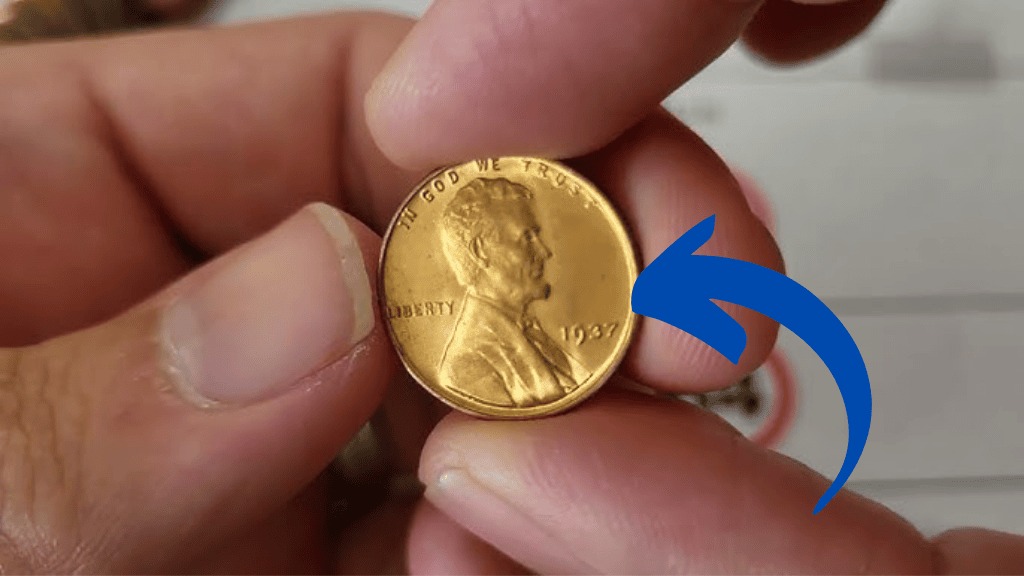Raising chicks to the point of egg production is one of the most exciting parts of chicken keeping. However, knowing when to expect that first egg can help you prepare and ensure your pullets are healthy and ready for laying. Here’s a detailed guide on when chickens start laying eggs and what to expect during this important stage.
When Do Pullets Start Laying Eggs?
Most chickens start laying eggs when they are still pullets (female chickens under one year old). However, the exact age depends on various factors such as breed, daylight hours, and care.
- Average Age: Most chickens begin laying at around 6 months (20-22 weeks).
- Early Layers: Egg-production breeds may start as early as 16-18 weeks.
- Late Layers: Heritage and dual-purpose breeds often begin at 20-28 weeks, with some taking up to 8 months.
Factors That Affect Egg-Laying Age
1. Breed
Different chicken breeds mature at different rates, which affects when they start laying:
- Egg-Production Breeds (e.g., Leghorns, Isa Browns): Begin laying early (16-18 weeks) but have shorter laying lifespans.
- Dual-Purpose Breeds (e.g., Rhode Island Reds, Australorps): Start laying around 20-24 weeks and balance egg and meat production.
- Heritage Breeds (e.g., Orpingtons, Wyandottes): Mature slowly, starting at 24-28 weeks, but have longer productive lifespans.
2. Daylight Hours
Hens need 12-14 hours of daylight to start and maintain egg production:
- Pullets raised in spring/summer mature with sufficient daylight and may start laying sooner.
- Pullets raised in fall/winter may delay laying until spring when daylight increases.
3. Nutrition
Switching to a layer feed at 18-20 weeks ensures pullets have the nutrients needed for egg production. Providing free-choice calcium (like crushed oyster shells) helps build strong eggshells.
When Will My Chicken Breed Start Laying?
Here’s a quick reference guide for when popular chicken breeds typically start laying:
- Polish: ~20 weeks
- Rhode Island Red: ~18-20 weeks
- Ameraucana: ~20-24 weeks
- Araucana: ~20-24 weeks
- Leghorn: ~16-18 weeks
- Orpington: ~24-28 weeks
- Silkie: ~24-28 weeks
Signs a Pullet is Ready to Lay
Before laying her first egg, a pullet will exhibit certain behaviors and physical changes:
- Redder Comb and Wattles: Hormonal changes cause the comb and wattles to grow larger and turn a brighter red.
- Nesting Box Exploration: Pullets may start inspecting nesting boxes and scratching around inside them.
- Submissive Squatting: Pullets will crouch low with their wings slightly spread, signaling reproductive maturity.
- Increased Appetite: Pullets eat more to support the energy demands of egg production.
- Egg Song: Some pullets may cluck loudly or sing their “egg song” before laying their first egg.
Encouraging Pullets to Lay in Nesting Boxes
- Place Fake Eggs: Use ceramic or wooden eggs (or golf balls) in nesting boxes to teach pullets where to lay.
- Provide Privacy: Keep nesting areas quiet and dark by adding nesting box curtains.
- Keep Boxes Clean: A clean nesting box is more inviting and prevents soiling of eggs.
How Long Do Chickens Lay Eggs?
A hen’s productive lifespan (when she lays eggs consistently) is usually shorter than her overall lifespan:
- Production Breeds: Peak production for 2-3 years.
- Dual-Purpose Breeds: Peak production for 3-5 years.
- Heritage Breeds: Longer productive lifespans (up to 6-7 years) but lower egg volume.
Even after peak production ends, many hens will still lay occasional eggs, especially in the spring and summer.
Why Hasn’t My Pullet Started Laying Yet?
If your pullet hasn’t started laying by the expected age, check these factors:
- Daylight Hours: Ensure your hens are receiving at least 12-14 hours of light daily.
- Diet: Confirm they are eating a complete layer feed and have access to calcium.
- Health Issues: Parasites, illness, or stress can delay laying. Conduct a health check if needed.
- Breed: Larger and heritage breeds may naturally take longer to mature.
- Season: Pullets maturing in winter may wait until spring to begin laying.
How Often Do Chickens Lay Eggs?
- Daily Cycle: It takes a hen 24-26 hours to form and lay an egg, so most hens lay an egg every 1-2 days.
- Seasonal Cycle: Hens usually lay eggs consistently from spring to early fall. During fall molts or winter, production often slows or stops.
Common Reasons for Hens to Stop Laying
- Molting: Hens over one year old shed old feathers in the fall and pause egg production.
- Shorter Days: Reduced daylight in winter can halt laying. Supplemental lighting can help.
- Broodiness: Broody hens stop laying eggs while trying to hatch chicks.
- Health Problems: Illness, parasites, or stress can reduce or stop egg production.
Caring for Laying Hens
1. Proper Nutrition
- Layer Feed: Contains the right balance of protein, calcium, and nutrients.
- Calcium Supplements: Free-choice oyster shells or crushed eggshells help build strong eggshells.
- Healthy Snacks: Fruits, vegetables, and grains can be offered in moderation.
2. Clean Housing
- Regularly clean nesting boxes, coops, and runs to prevent disease and encourage hens to lay in designated areas.
3. Health Monitoring
- Conduct monthly health checks to catch and treat any issues early.
Conclusion
Most chickens begin laying eggs between 16 and 28 weeks, depending on their breed, care, and environmental factors. By ensuring your pullets receive proper nutrition, a safe environment, and sufficient daylight, you can help them transition into productive layers. Watch for signs that your pullets are ready to lay and prepare your nesting boxes for that exciting first egg!
Frequently Asked Questions
1. When do chickens start laying eggs?
Most chickens start laying between 16 and 28 weeks of age, depending on their breed.
2. Do all chicken breeds start laying at the same age?
No, production breeds start earlier (16-18 weeks), while dual-purpose and heritage breeds may take up to 28 weeks.
3. How can I tell if a pullet is about to lay?
Signs include redder combs and wattles, nesting box exploration, submissive squatting, and increased appetite.
4. What should I feed my pullets to prepare them for laying?
Switch to a complete layer feed at 18-20 weeks and provide free-choice calcium.
5. Why hasn’t my pullet started laying yet?
Common reasons include shorter daylight hours, improper diet, health issues, or slow-maturing breeds.

















